Speed
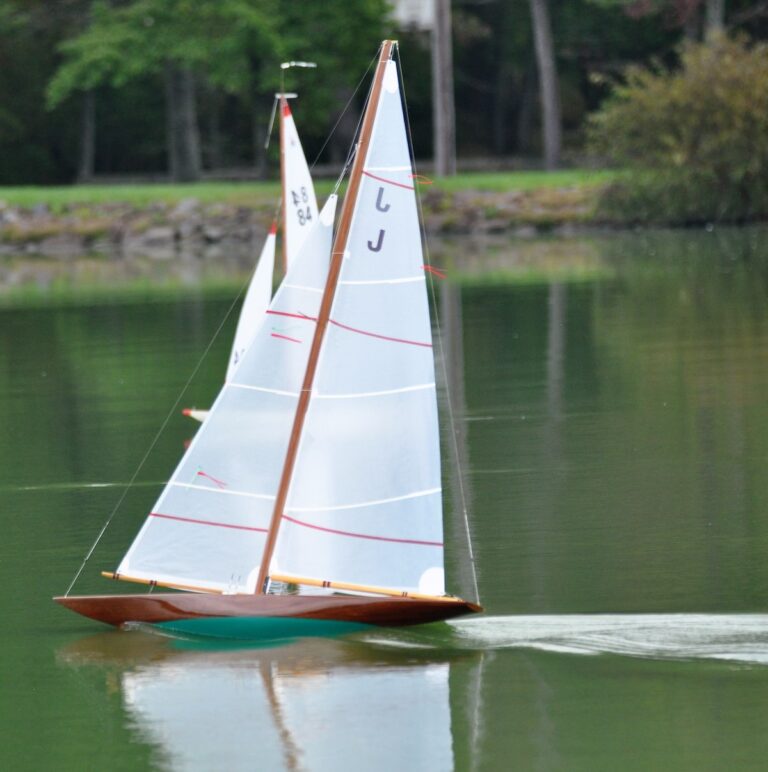
How fast do our models go, really?

How fast do our models go, really?
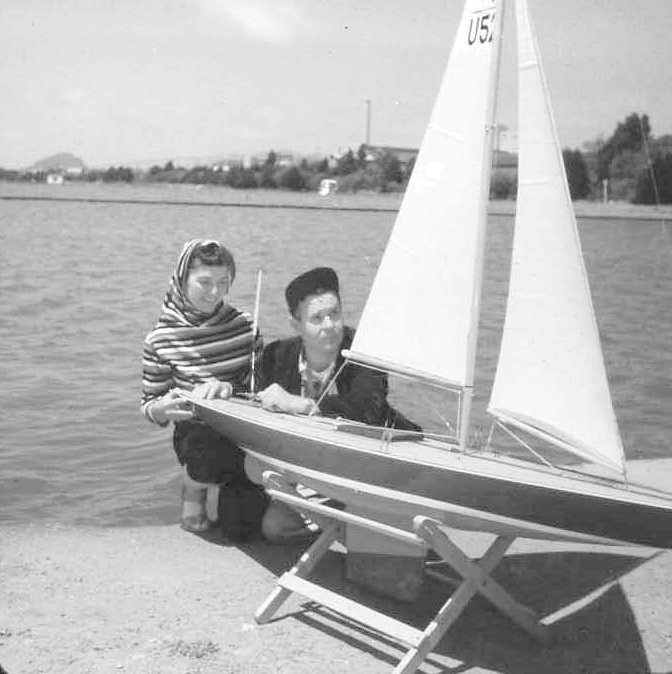
n 1955, after 10 years of studying the conditions at the Fleetwood site in England, the late Frank Stout of San Mateo CA designed and built an A Class boat named Magic, optimized for the heavy air typical at Fleetwood.

Born in 1856, Nikola Tesla was a Serbian-American inventor and engineer. He is best known for his contribution to the design of an alternating current electrical supply system.
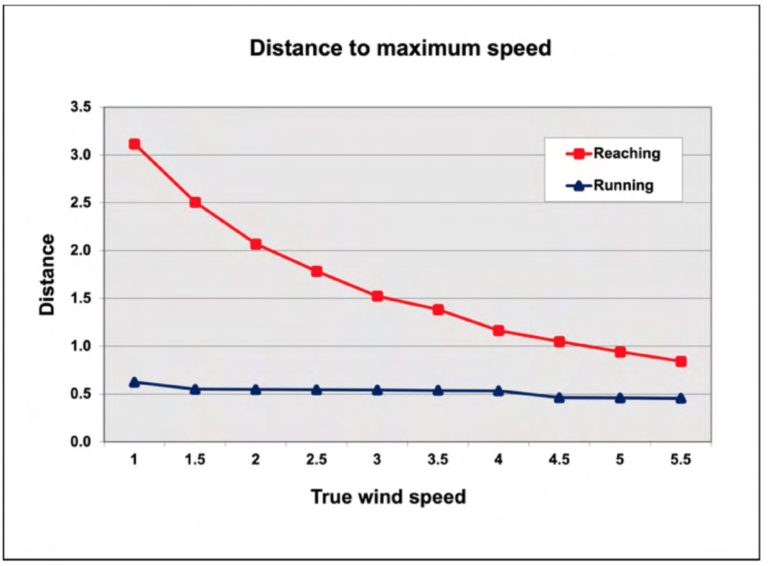
Boat weight is a frequent discussion topic among modelers, and it can be a source of lament, excuses, and bragging rights depending on your racing success that day.
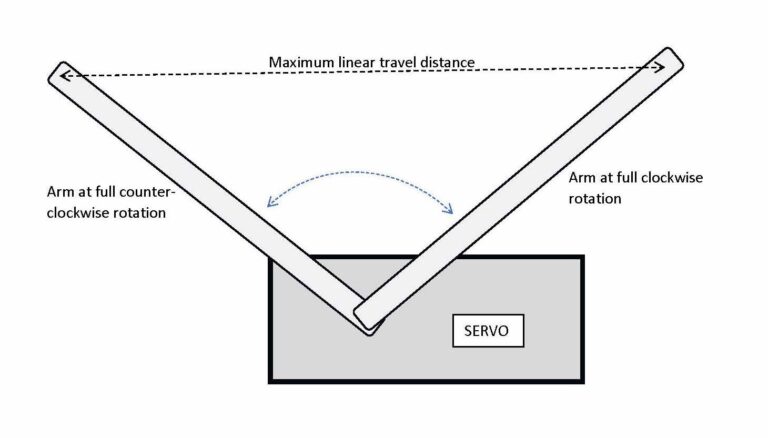
Everyone who has built an R/C boat has faced the problem of how
to get the sails to trim over their entire wind angle range without stalling the servo at either extreme of its travel
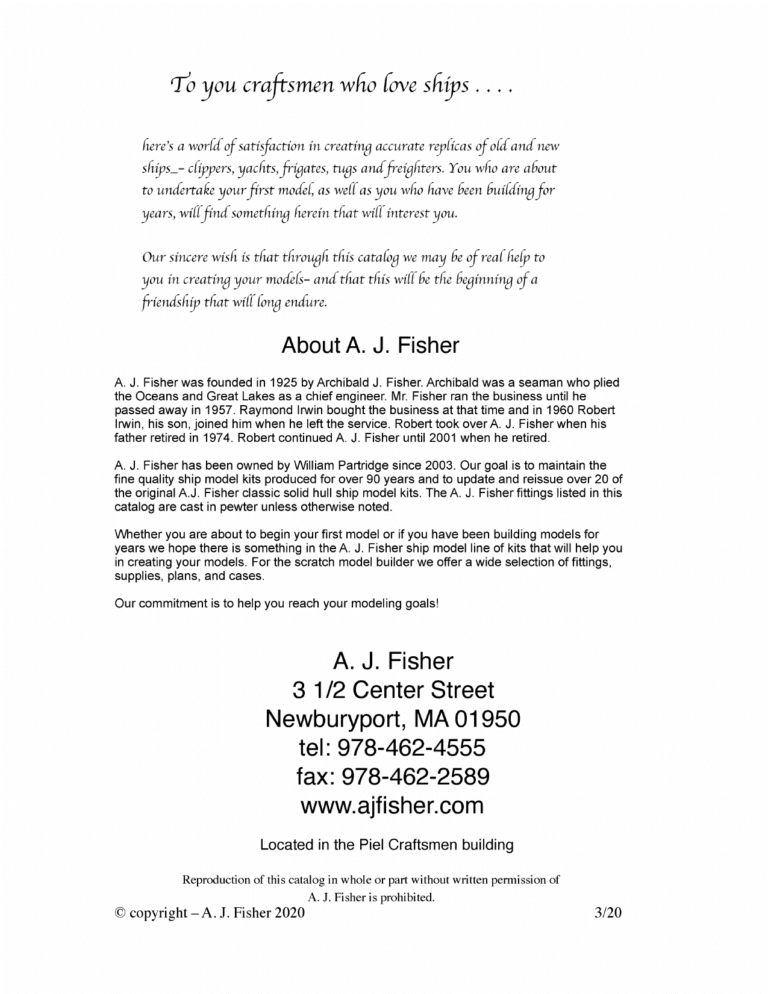

This material is a bit heavy going, but rewarding if you want to learn just how sophisticated self-steering boats were in the days immediately before Radio Control.

When Dave brought the existence of this boat to my attention in a series of emails I knew that she was so important that her lines had to be in the historical record.
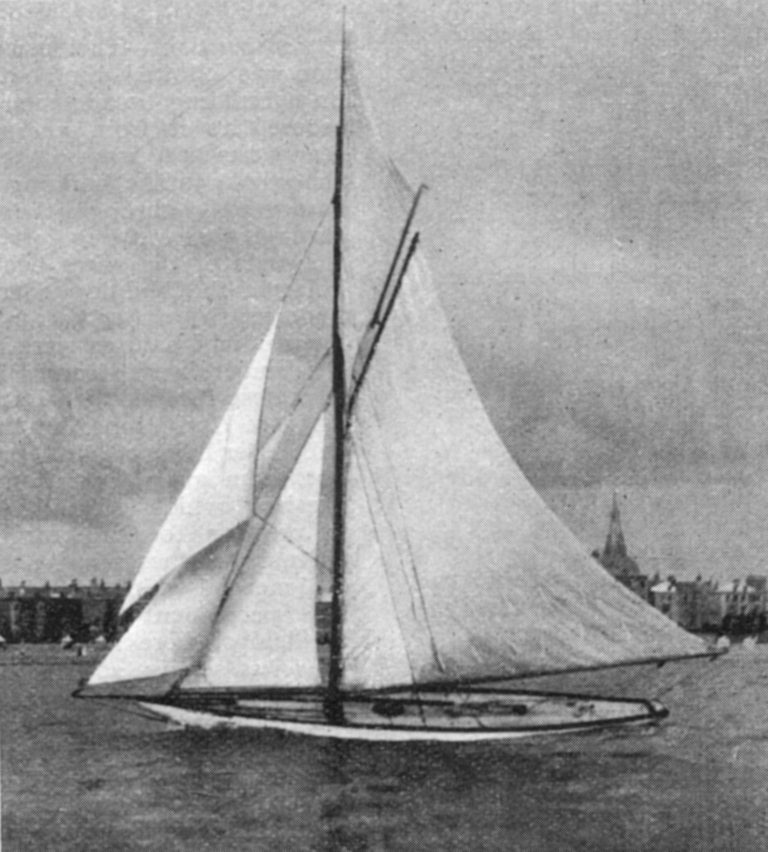
Model yachting, like all other sports and pastimes, has been infused with the spirit of the age.